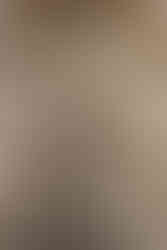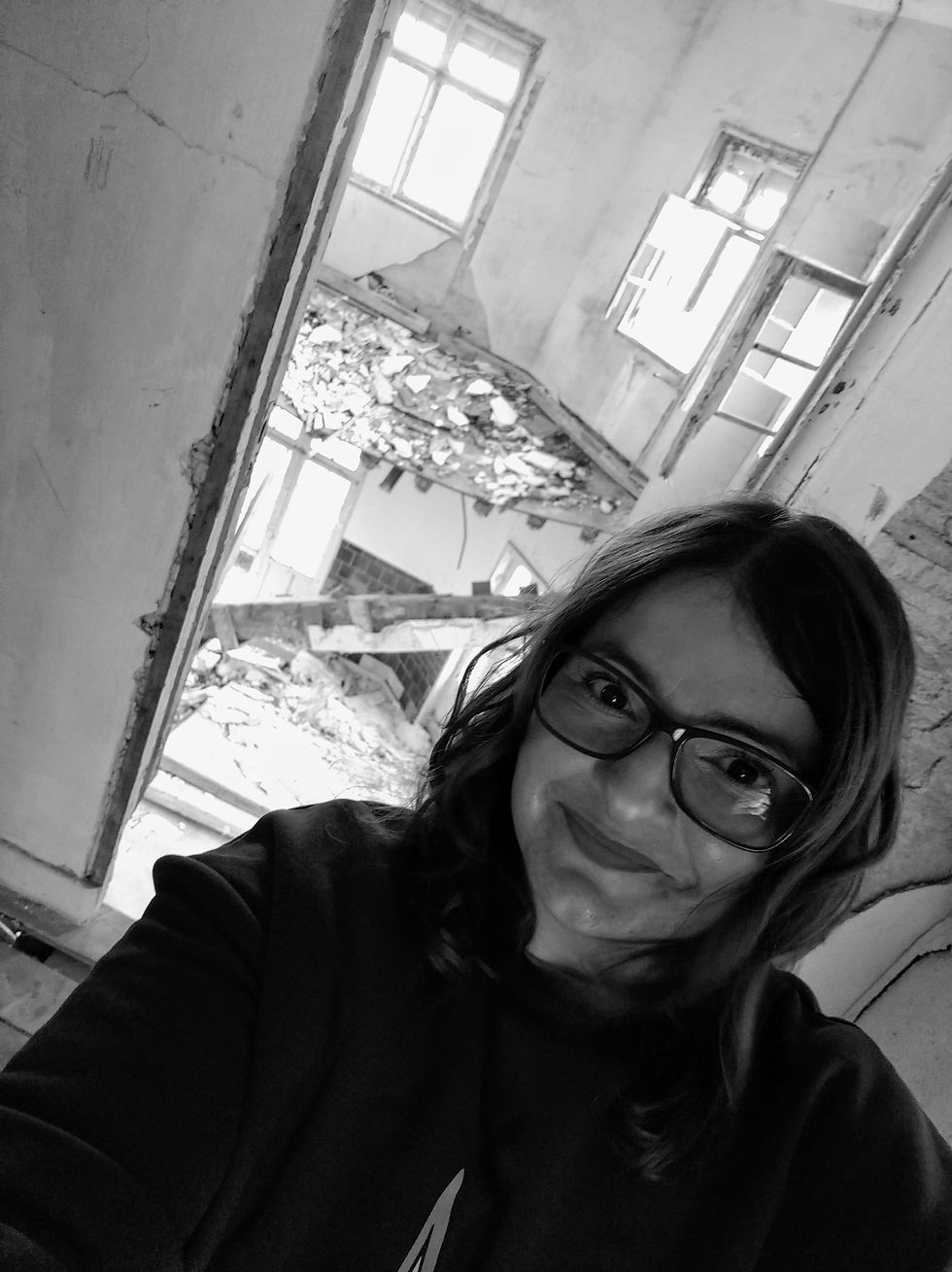Discovering Rome: fontane
- soniamelodias

- Mar 14, 2019
- 5 min read
Updated: Apr 9, 2019
In my previous posts I´ve showed you the Ancient Rome, the enclave of the Vatican and it´s marvelous treasures and the most famous squares of the city.
Now I shall mention a few fountains that are quite memorable.
Fontana di Trevi
This is the most famous fountain in Rome and undoubtedly the most sought after by the tourists. Measuring some 20 meters in width by 26 meters in height, it is also the largest fountain in the city.
In my opinion it is not the most beautiful fountain in Rome, but I´ll leave it up to you to decide. In my opinion this magnificent place loses part of its fascination by being constantly crowded with people.
The origins of the fountain go back to the year 19 B.C., in which period the fountain formed the end of the Aqua Virgo aqueduct. The first fountain was built during the Renaissance, under the direction of Pope Nicholas V. The final appearance of the Fontana di Trevi dates from 1762, when after many years of works at the hand of Nicola Salvi, it was finalized by Giuseppe Pannini. Interestingly enough, the name of Trevi derives from Tre Vie (three ways), since the fountain was the meeting point of three streets.
It is said that the fountain was discovered by a virgin, who, in turn, indicated its location to Roman soldiers.
There is a fascinating myth associated with this famous fountain, which started in 1954 with the movie "Three Coins in the Fountain":
it is said that if a coin is thrown into the Fontana di Trevi, the person will return to Rome;
if a second coin is thrown, the person will fall in love with an Italian;
and if a third coin is thrown, the person will marry the Italian he/she met.
In order to achieve the desired effect, you should throw the coin with your right hand over your left shoulder.
An interesting statistic is that approximately a million euros worth of coins are taken from the fountain each year. Since 2007 this money has been used to support good causes.
Bocca della Verità
There is another legend in Rome, probably less known than the one that involves throwing coins in the Fontana di Trevi, but most amusing.
This legend is related to a sculpture named Bocca della Verita, a huge legendary sculpture, believed to be over 2200 years old that weighs almost 2900 pounds, has a diameter of 1,75 meters and is dedicated to the God of the Sea, Oceanus, represented by a male bearded face with holes for the eyes, nose and mouth.
This sculpture is displayed in the portico of the church of Santa Maria in Cosmedin, across the street from the Tempio di Ercole Vincitore.
Legend states that if you stick your hand within the mouth of this sculpture, and you have sworn falsely in front of it, the jaws of the mask will quickly close, biting off your hand. The legend was made popular by the movie "Roman Holiday" starring Audrey Hepburn and Gregory Peck. In the 1953 film, the characters are shown placing their hands in the Bocca della Verita reluctantly because they were fearful their hands just might be bitten off.
But the origin of the legend is unknown. A few old stories suggest the legend dates to around the 15th century. One story involves a woman suspected of betraying her husband. When standing in front of the Bocca della Verita, she had to swear she never kissed another man, and then put her hand inside the mask’s mouth. If telling the truth, nothing would happen. If lying, the mouth would clamp down and she would lose her hand. Just before she began to speak, a man believed by the crowd to be crazy ran up to her and kissed her. Unknown but to herself, it was that of her lover. She adjusted her sworn statement to the fact she had never kissed another man except that of the crazy man seen by all. When she placed her hand inside the mouth, she was found telling the truth.
I can assure that we all kept our hands. But I must confess it was a bit disturbing putting our hand inside the sculpture, after learning what the sculpture might have been.
No one knows exactly what it was, but it may have been:
a decorative fountain face;
a drain cover;
a sacred well cover;
or a drain to collect blood from the sacrifice of cattle in the Temple of Hercules.
The most common theory is that it was a drain cover inside the Tempio di Ercole Vincitore which had an oculus, or opening in its ceiling. Rainwater would then flow into the openings of the disc placed on the floor, draining it away. This is purely a theory, and we may never know the truth of the matter.
Fontana dei Tritoni
In Piazza della Bocca della Verità, a relatively small square you can find 3 interesting monuments:
1. one of the best preserved of all Roman temples: the Tempio di Portuno, supposedly dedicated to the god Portunus, the god of keys, doors and livestock.

2. a round temple of Greek "peripteral" ' design completely encircled by a colonnade: the Tempio di Ercole Vincitore. This temple was the subject of a folk belief claiming that neither flies nor dogs would enter the holy place.

3. a fountain that was inspired in the famous Fontana del Tritone, created by Gian Lorenzo Bernini and which name is also similar: Fontana dei Tritoni.
Fontana della Barcaccia
It is situated in the center of Piazza di Spagna and it is shaped as a boat and has the emblems of the Barberini family (the Noble family of Pope Urban III): bees and a sun engraved.
It was designed by Pietro Bernini, father of the famous Gian Lorenzo Bernini, who later helped with the creation. It was finished in 1627 and placed by Pope Urban III.

Fontana dei Quattro Fiumi
This is one of the 3 fountains that exist in Piazza Navona.
This is the biggest and it´s situated in the center, it was designed by Bernini, in 1651. It displays four statues that represent the most important rivers of the continents where Christianity had spread:
the Nile,
the Danube,
the Ganges,
and Rio de la Plata.
In the middle of the fountain there is an obelisk measuring 52 ft (16 m), which had originally been part of the Circus of Maxentius, found in the Appian Way Regional Park.

Fontana del Moro
Another fountain of Piazza Navona. This one was sculpted by Giacomo della Porta and later perfected by Bernini, who added the figure of the Moor.
It was initially called the “Seashell Fountain” and is located on the southern side of the square.

Fontana del Nettuno
The third fountain of Piazza Navona was also created by Giacomo della Porta in 1574, but remained unfinished for approximately three-hundred years, until 1878, when it was decorated by Antonio Della Bitta and Gregorio Zappalà.

Fontana del Tritone
This fountain was sculpted in 1643 and is located in Piazza Barberini.
Here you can see four dolphins holding up Triton, god of the sea, as he makes a jet of water shoot forth from a seashell.
The fountain, made of travertine (sedimentary rock), is considered one of Bernini’s most notable ones.

Fontana delle Api
Hidden in one of the corners of Piazza Barberini is one of Bernini’s more modest works.
This fountain was the built in 1644 in honor of Pope Urban VIII and it is decorated with large bees, which are the emblem of the Barberini family.
Fontana delle Naiadi
This majestic fountain stands at the center of the Piazza della Repubblica.
It was constructed between 1870 and 1888 and decorated with four lion sculptures. However, in 1901 the lions were replaced by the statues of four nude Naiads (water nymphs). Their nudity was subject of much controversy at the time.

Fontana dell'Acqua Felice
This fountain is also known as the Fountain of Moses and it is a monumental fountain located on the Castro Pretorio rim of Rome.
It was built to mark the end of the Roman aqueduct Acqua Felice.






































Comments